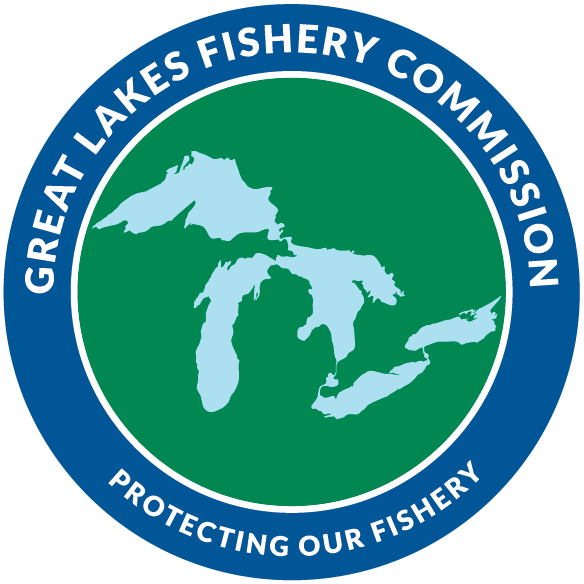Updated 2024-07-01 19:57:30
Lake Huron -> 7.0 Sturgeon -> Lake Sturgeon Rehabilitation
Reporting Interval
2018 - 2022
Area
lakewide
Meeting Target?
N/A
Indicator Trend
Upward trend
Confidence?
Low
7.1.1. Maintain or increase number of self-sustaining Lake Sturgeon populations in Lake Huron
Historically, 33 tributaries in Lake Huron contained self-sustaining populations of Lake Sturgeon. Currently, self-sustaining populations can be found in four tributaries (St. Marys River, Black River, Nottawasaga River, Mississagi River) through presence of sexually mature adults and evidence of natural reproduction. A self-sustaining population is defined as containing adults spawning within a major watershed and evidence of natural recruitment. Infrequent monitoring in Canadian tributaries results in low confidence for this indicator. Indicator status and trend is highly dependent upon the spatial and temporal extent of sampling.
A self-sustaining population is defined as containing adults spawning within a major watershed and evidence of natural recruitment. Self-sustaining populations currently exist in the Black, St. Marys, Mississagi, and Nottawasaga rivers. An increase in the number of self-sustaining populations should be viewed with caution as it is highly dependent upon the temporal and spatial extent of sampling.
Methodology
Adult data is primarily obtained via mark-recapture and gill net assessments during the spring spawning run. Evidence of natural recruitment is obtained through larval drift, egg deposition surveys, genetics, and gill net assessments within or near the tributary of interest.
Other Resources
Environment and Climate Change Canada and the U.S. Environmental Protection Agency. 2022. State of the Great Lakes 2022 Technical Report. Cat No. En161-3/1E-PDF. EPA 905-R22-004. Available at binational.net. URL: https://binational.net/wp-content/uploads/2022/07/State-of-the-Great-Lakes-2022-Report.pdf
Golder Associates Ltd. 2011. Recovery Strategy for Lake Sturgeon (Acipenser fulvescens) – Northwestern Ontario, Great Lakes-Upper St. Lawrence River and Southern Hudson Bay-James Bay populations in Ontario. Ontario Recovery Strategy Series. Prepared for the Ontario Ministry of Natural Resources, Peterborough, Ontario. vii + 77 pp. URL: https://files.ontario.ca/environment-and-energy/species-at-risk/stdprod_086034.pdf
Hayes, D.B., and Caroffino, D.C. editors. 2012. Michigan’s lake sturgeon rehabilitation strategy. Michigan Department of Natural Resources, Fisheries Special Report 62, Lansing.
Pratt, T. C. 2008. Population status and threats of lake sturgeon in Designatable Unit 8 (Great Lakes/St. Lawrence River watershed). Department of Fisheries and Oceans. Sault Saint Marie, Ontario. 24 pp. URL: https://waves-vagues.dfo-mpo.gc.ca/library-bibliotheque/334960.pdf
Contributing Author(s)
- Justin Chiotti - United States Fish and Wildlife Service
- Kris Dey - Little Traverse Bay Bands of Odawa Indians
- Jeff Jolley - Michigan Department of Natural Resources
- Arunas Liskauskas - Ontario Ministry of Natural Resources and Forestry
- Ryan Lauzon - Chippewas of Nawash Unceded First Nation

